Second Mission Trip 2018
Students:
1. julia tao, emmaly nguyen, dean alamy, jacqueline duong, kenneth yang
2. michael wong, adam alamy, ethan nguyen, matthew ongkeko, matt cheng
3. nate chang, ryan tao, alex duong, michael lee, christian hwang
4. cas hom, cameron kim, gabriela carroll, xitlali carroll
1. julia tao, emmaly nguyen, dean alamy, jacqueline duong, kenneth yang
2. michael wong, adam alamy, ethan nguyen, matthew ongkeko, matt cheng
3. nate chang, ryan tao, alex duong, michael lee, christian hwang
4. cas hom, cameron kim, gabriela carroll, xitlali carroll
Doctors:
1. Family medicine | dr. ching-yu lin, dr. jessie zhang
2. internal medicine | dr. david liu
3. pediatrics | Dr. Mary Tao
4. OBGYN | Dr. Chau-Hui Liu, Dr. Virginia Lee
5. General Dentistry | dr. tracy nguyen
6. occupational therapy | Ms. Cassandra huynh
7. Pharmacy | ms. cam duong
1. Family medicine | dr. ching-yu lin, dr. jessie zhang
2. internal medicine | dr. david liu
3. pediatrics | Dr. Mary Tao
4. OBGYN | Dr. Chau-Hui Liu, Dr. Virginia Lee
5. General Dentistry | dr. tracy nguyen
6. occupational therapy | Ms. Cassandra huynh
7. Pharmacy | ms. cam duong
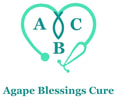
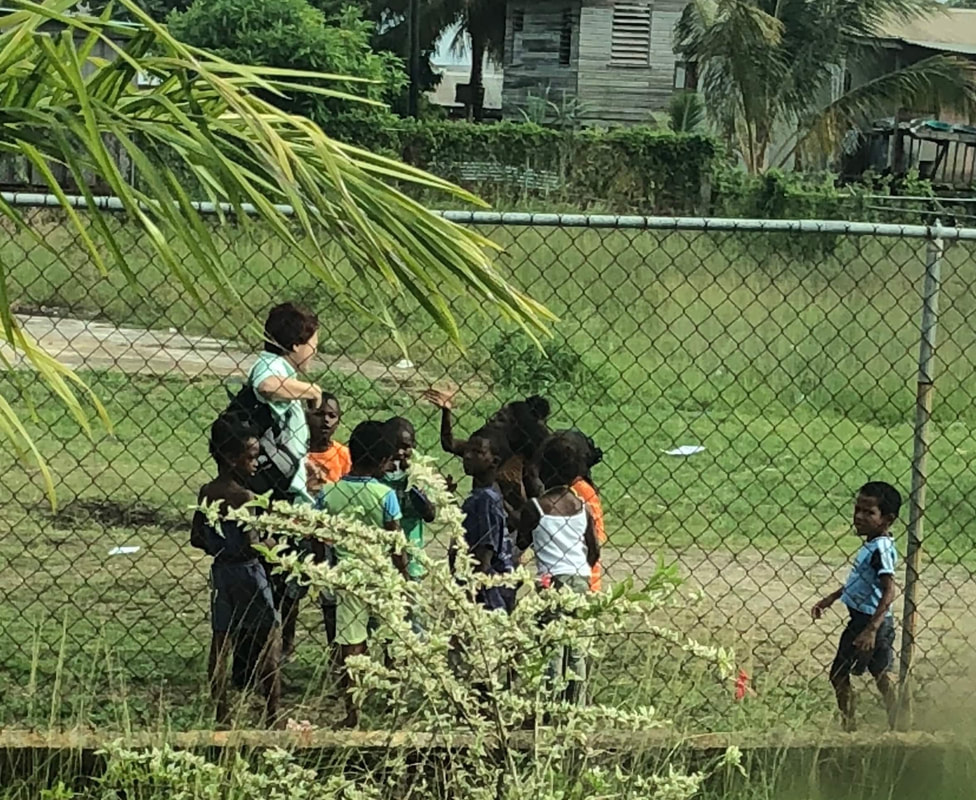
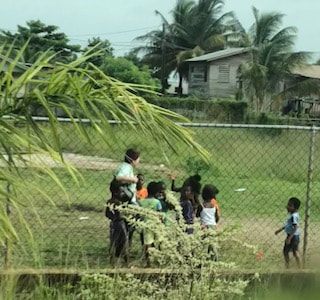
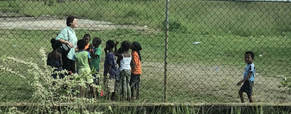

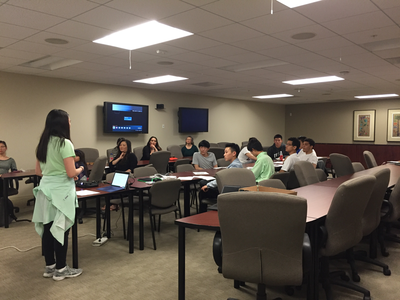
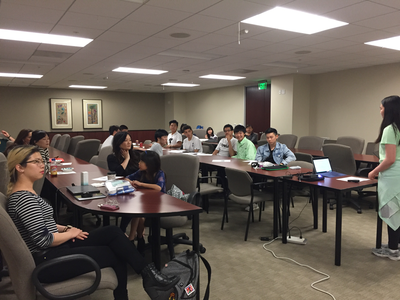
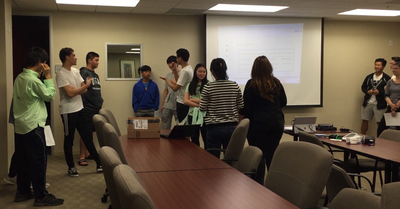
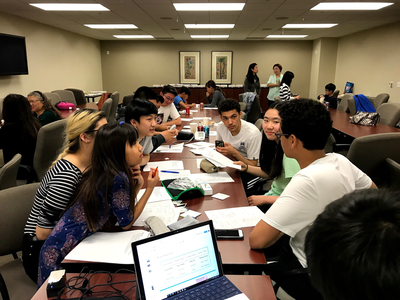

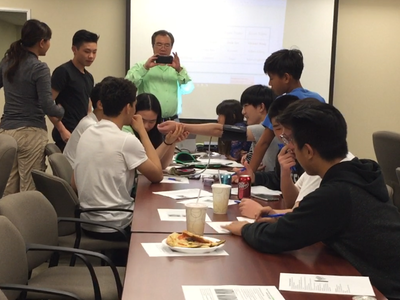

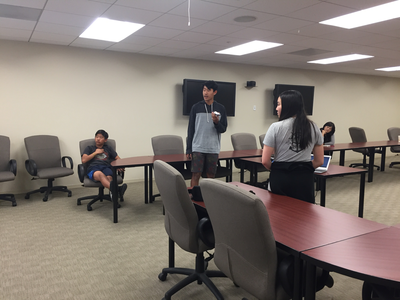
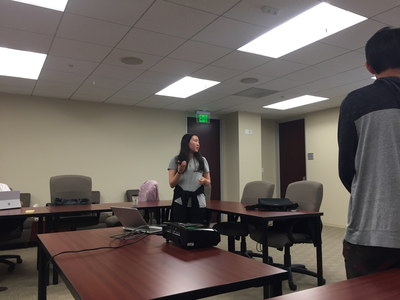

 RSS Feed
RSS Feed